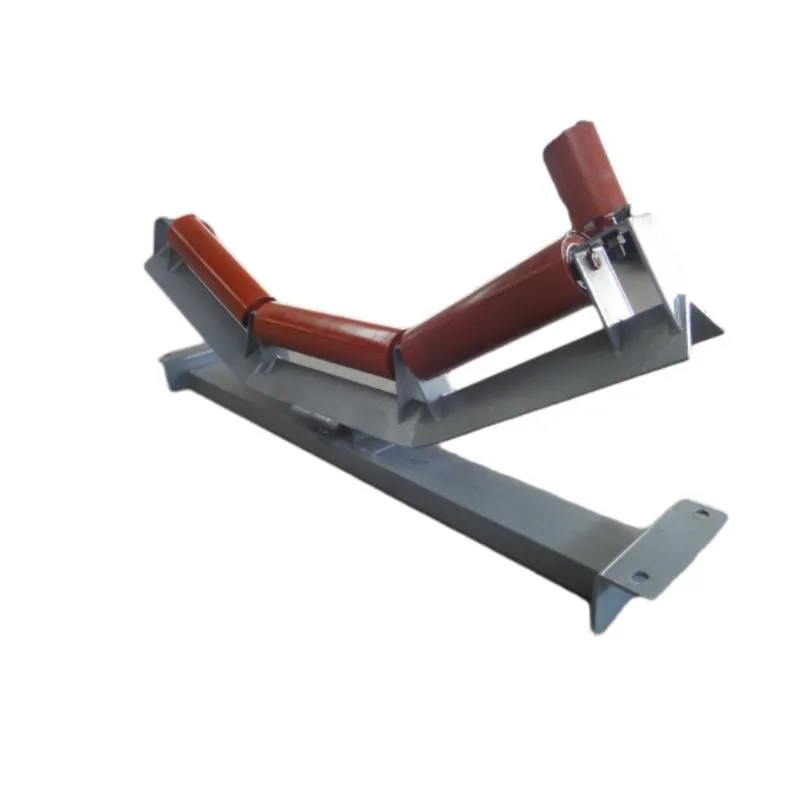 Afrikaans
Afrikaans  Albanian
Albanian  Amharic
Amharic  Arabic
Arabic  Armenian
Armenian  Azerbaijani
Azerbaijani  Basque
Basque  Belarusian
Belarusian  Bengali
Bengali  Bosnian
Bosnian  Bulgarian
Bulgarian  Catalan
Catalan  Cebuano
Cebuano  Corsican
Corsican  Croatian
Croatian  Czech
Czech  Danish
Danish  Dutch
Dutch  English
English  Esperanto
Esperanto  Estonian
Estonian  Finnish
Finnish  French
French  Frisian
Frisian  Galician
Galician  Georgian
Georgian  German
German  Greek
Greek  Gujarati
Gujarati  Haitian Creole
Haitian Creole  hausa
hausa  hawaiian
hawaiian  Hebrew
Hebrew  Hindi
Hindi  Miao
Miao  Hungarian
Hungarian  Icelandic
Icelandic  igbo
igbo  Indonesian
Indonesian  irish
irish  Italian
Italian  Japanese
Japanese  Javanese
Javanese  Kannada
Kannada  kazakh
kazakh  Khmer
Khmer  Rwandese
Rwandese  Korean
Korean  Kurdish
Kurdish  Kyrgyz
Kyrgyz  Lao
Lao  Latin
Latin  Latvian
Latvian  Lithuanian
Lithuanian  Luxembourgish
Luxembourgish  Macedonian
Macedonian  Malgashi
Malgashi  Malay
Malay  Malayalam
Malayalam  Maltese
Maltese  Maori
Maori  Marathi
Marathi  Mongolian
Mongolian  Myanmar
Myanmar  Nepali
Nepali  Norwegian
Norwegian  Norwegian
Norwegian  Occitan
Occitan  Pashto
Pashto  Persian
Persian  Polish
Polish  Portuguese
Portuguese  Punjabi
Punjabi  Romanian
Romanian  Russian
Russian  Samoan
Samoan  Scottish Gaelic
Scottish Gaelic  Serbian
Serbian  Sesotho
Sesotho  Shona
Shona  Sindhi
Sindhi  Sinhala
Sinhala  Slovak
Slovak  Slovenian
Slovenian  Somali
Somali  Spanish
Spanish  Sundanese
Sundanese  Swahili
Swahili  Swedish
Swedish  Tagalog
Tagalog  Tajik
Tajik  Tamil
Tamil  Tatar
Tatar  Telugu
Telugu  Thai
Thai  Turkish
Turkish  Turkmen
Turkmen  Ukrainian
Ukrainian  Urdu
Urdu  Uighur
Uighur  Uzbek
Uzbek  Vietnamese
Vietnamese  Welsh
Welsh  Bantu
Bantu  Yiddish
Yiddish  Yoruba
Yoruba  Zulu
Zulu head pulley tail pulley
Understanding Head Pulleys and Tail Pulleys Key Components of Conveyor Systems
In the realm of industrial machinery, particularly in material handling applications, conveyor systems play an integral role in the efficient movement of goods and materials. Among the critical components of these systems are head pulleys and tail pulleys. Both of these elements serve vital functions that ensure the smooth operation of conveyor belts. Understanding their roles and characteristics is essential for anyone involved in the design, maintenance, or optimization of conveyor systems.
What are Head Pulleys?
The head pulley, often referred to as the drive pulley, is located at the discharge end of a conveyor system. It is the component that propels the conveyor belt forward. Typically mounted on a shaft and connected to a motor, the head pulley rotates and, through friction, drives the conveyor belt. This action allows materials to be transported from the loading point to the unloading point seamlessly.
Head pulleys come in various designs and materials, depending on the application and environmental conditions. For instance, a pulley may be covered with a rubber coating to enhance grip and withstand abrasion, especially in heavy-duty applications. Additionally, the size of the head pulley can impact the overall efficiency of the conveyor system; larger pulleys can provide greater traction, while smaller ones are often used in compact applications.
The Role of Tail Pulleys
In contrast, the tail pulley is situated at the loading end of the conveyor system. It primarily serves as a tensioning device, maintaining the proper tension on the conveyor belt. By allowing for slight adjustments in positioning, the tail pulley helps to minimize belt sagging and wear, which can lead to operational inefficiencies. Proper tension is crucial for preventing slippage and ensuring that the belt runs smoothly.
head pulley tail pulley

Tail pulleys are usually non-driven components; however, they play a critical role in the overall performance of the conveyor system. Just like head pulleys, tail pulleys can come in various materials and designs, tailored to the specific needs of the conveyor system. For example, certain applications may require a tail pulley with a smaller diameter to fit space constraints, while others may benefit from a heavy-duty design capable of handling high loads.
Interaction Between Head and Tail Pulleys
The relationship between head and tail pulleys is synergistic. The head pulley drives the belt, while the tail pulley maintains necessary tension, contributing to stability and smooth operation. Together, they create a loop system—where the belt runs from the tail pulley back to the head pulley—allowing for continuous material handling.
Moreover, the configuration of these pulleys can influence the design and efficiency of the conveyor system. For example, an inclined conveyor requires careful consideration of both pulleys' sizes and arrangement to ensure materials do not slip back to the bottom. Likewise, in specialized applications, such as in mining or bulk material handling, specific designs like crowned head pulleys may be employed to improve tracking and belt alignment.
Maintenance Considerations
Regular maintenance of both head and tail pulleys is vital for the longevity and efficiency of conveyor systems. This includes inspecting the wear patterns on the pulleys, checking for proper tension, and ensuring that all components are securely fastened. Neglecting the maintenance of these parts can lead to system failures, increased downtime, and costly repairs.
In conclusion, head and tail pulleys are indispensable elements in the operation of conveyor systems. Their unique functions and interactions allow for the efficient movement of materials across various industries. By understanding their roles and implementing proper maintenance practices, businesses can enhance the reliability and productivity of their material handling processes. For anyone involved in conveyor system operation or design, an appreciation of head and tail pulleys is essential for achieving operational excellence.
-
Revolutionizing Conveyor Reliability with Advanced Rubber Lagging PulleysNewsJul.22,2025
-
Powering Precision and Durability with Expert Manufacturers of Conveyor ComponentsNewsJul.22,2025
-
Optimizing Conveyor Systems with Advanced Conveyor AccessoriesNewsJul.22,2025
-
Maximize Conveyor Efficiency with Quality Conveyor Idler PulleysNewsJul.22,2025
-
Future-Proof Your Conveyor System with High-Performance Polyurethane RollerNewsJul.22,2025
-
Driving Efficiency Forward with Quality Idlers and RollersNewsJul.22,2025





























